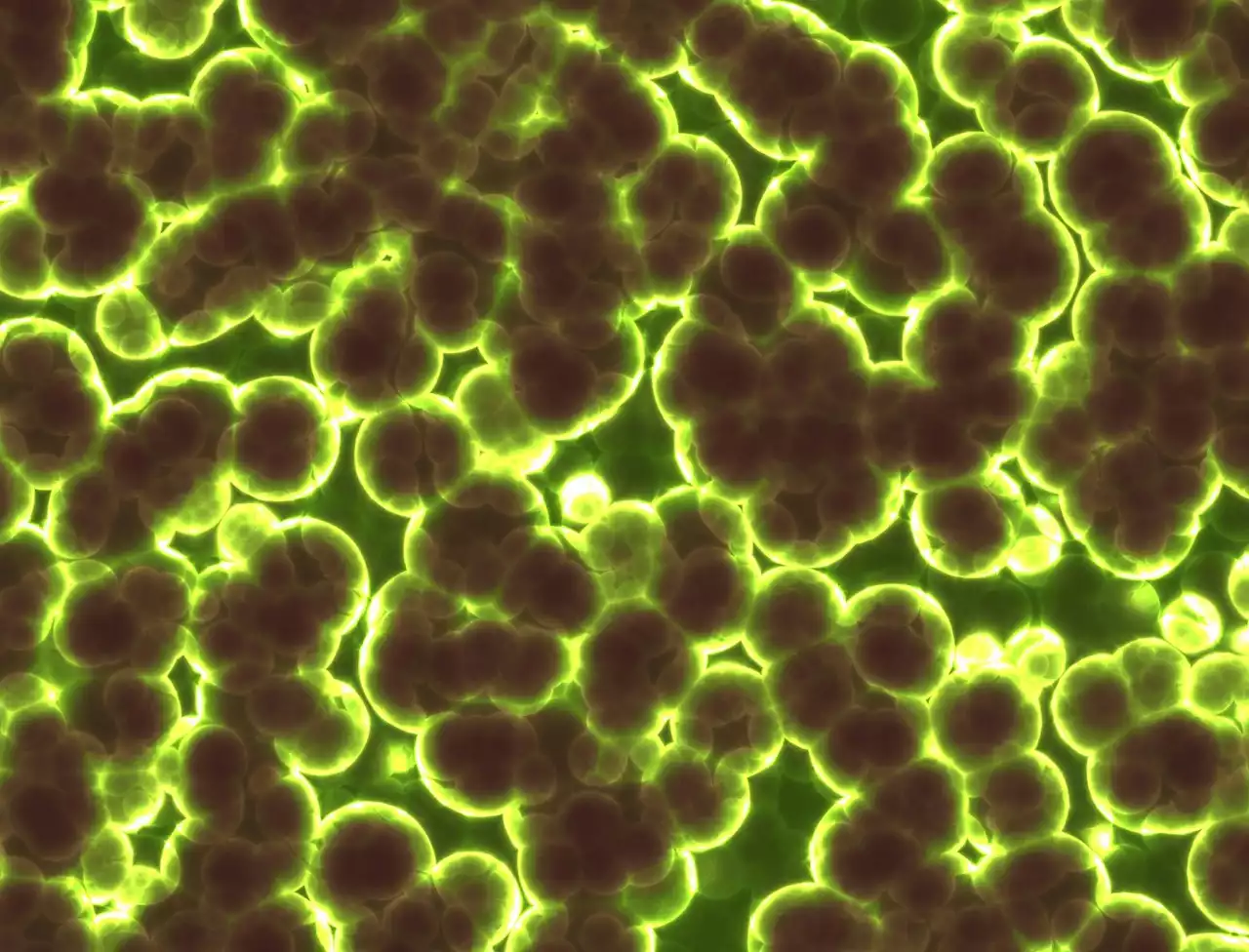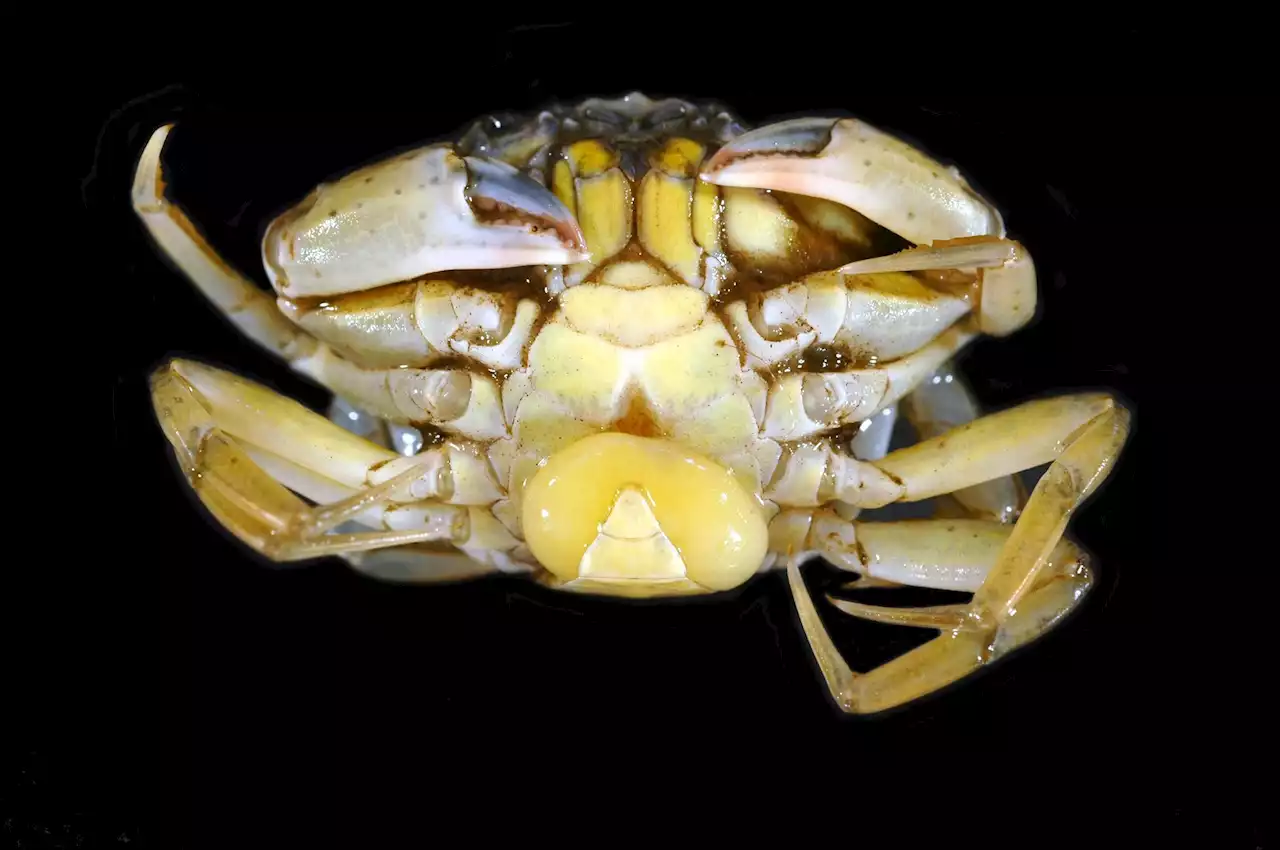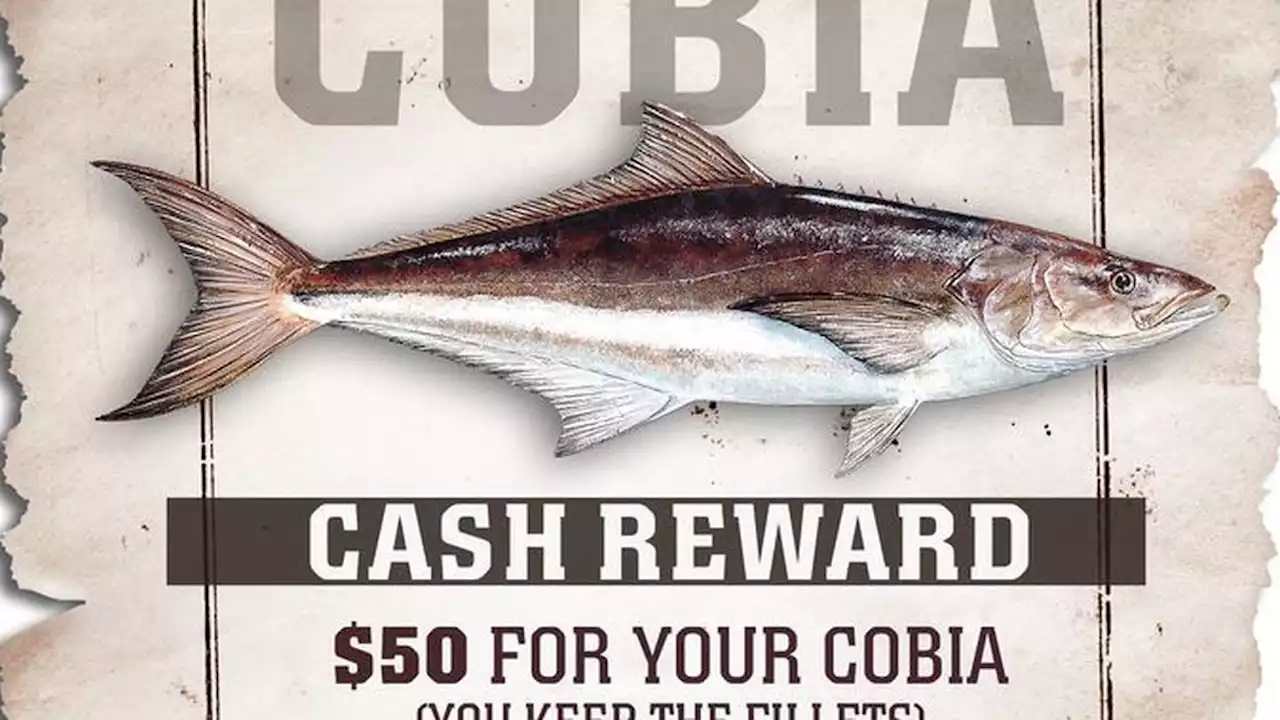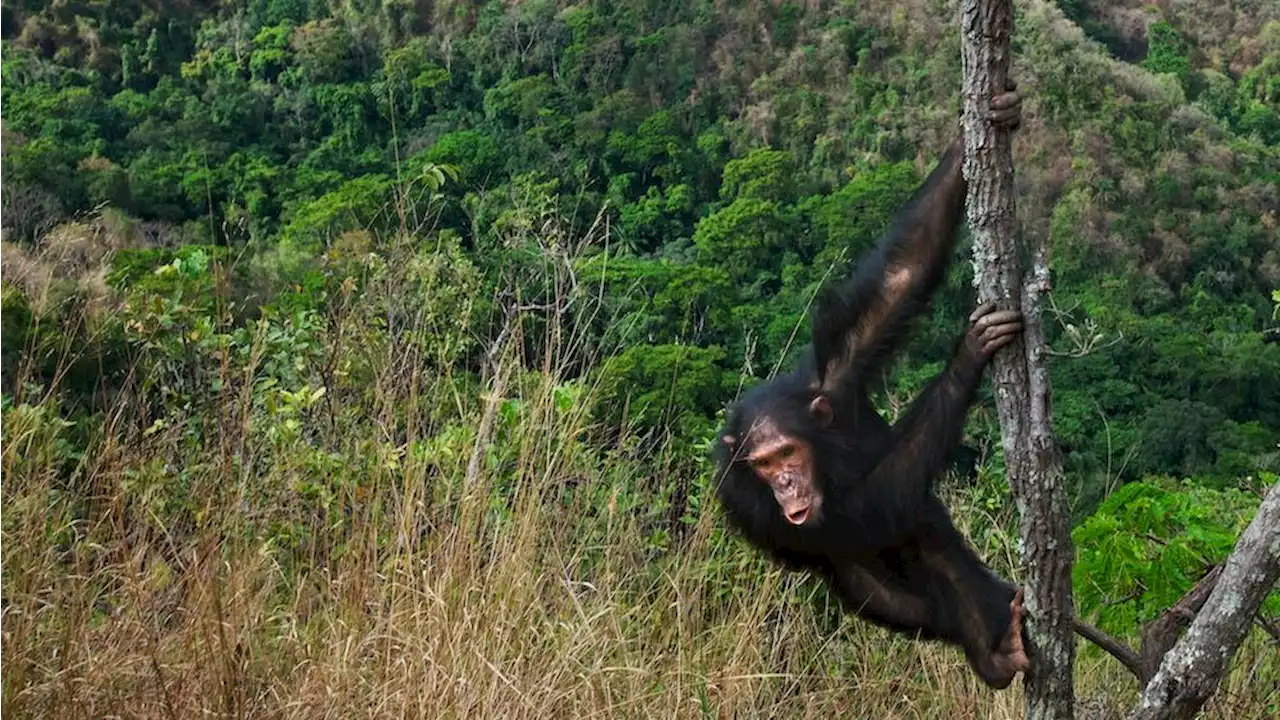Researchers studied chimpanzee and monkey anatomy to better understand how humans evolved to have flexible shoulders and elbows.
Humans have ape ancestors to thank for their flexible shoulders and elbows, which may have evolved as a natural braking mechanism for tree-scaling.
The findings suggest that chimps and may have developed flexible shoulder and elbow joints as a way to"counteract" the effects of gravity on their heavier lower bodies. The result was a finely calibrated braking system that decreased their risk of falling while they descended downward high in the treetops, according to the study, published Sept. 6 in the journal Royal Society Open Science.
But the study suggests that flexible appendages had evolved by the time of the last common ancestor between chimps and humans, but after apes and monkeys diverged. This flexibility would have proven beneficial for things that involved specific movements like gathering food, hunting and defending themselves, according to the study.
South Africa Latest News, South Africa Headlines
Similar News:You can also read news stories similar to this one that we have collected from other news sources.
 Researchers develop novel catalyst for carbon dioxide hydrogenation to formateHydrogenation of carbon dioxide (CO2) to formate is an attractive approach for the utilization of this greenhouse gas. However, non-precious metal-based catalysts for CO2 hydrogenation to formate suffer from either low activity or low stability. It is still challenging to develop low-cost and high-performance catalysts.
Researchers develop novel catalyst for carbon dioxide hydrogenation to formateHydrogenation of carbon dioxide (CO2) to formate is an attractive approach for the utilization of this greenhouse gas. However, non-precious metal-based catalysts for CO2 hydrogenation to formate suffer from either low activity or low stability. It is still challenging to develop low-cost and high-performance catalysts.
Read more »
 Researchers discover genes behind antibiotic resistance in deadly superbug infectionsAustralian researchers have uncovered new genetic insights into Staphylococcus aureus, revealing what makes the bacterium so dangerous when it enters the blood.
Researchers discover genes behind antibiotic resistance in deadly superbug infectionsAustralian researchers have uncovered new genetic insights into Staphylococcus aureus, revealing what makes the bacterium so dangerous when it enters the blood.
Read more »
 Catch this fish and you can get $50 from Florida researchersAnglers can get a $50 bounty if they catch a cobia.
Catch this fish and you can get $50 from Florida researchersAnglers can get a $50 bounty if they catch a cobia.
Read more »
 Researchers detail how disorder alters quantum spin liquids, forming a new phase of matterQuantum spin liquids are difficult to explain and even harder to understand.
Researchers detail how disorder alters quantum spin liquids, forming a new phase of matterQuantum spin liquids are difficult to explain and even harder to understand.
Read more »
 'A crab is never just a crab': Researchers describe animals' parisitomesA herring in the North Sea, a crab in the Wadden Sea or an anemone fish on a coral reef… biologists like to think in terms of individual species that all have their own place within food webs in ecosystems across the world. 'But that is surely too simplistic thinking,' NIOZ researcher Ana Born-Torrijos and colleagues warn in this month's cover story of the journal Trends in Parasitology.
'A crab is never just a crab': Researchers describe animals' parisitomesA herring in the North Sea, a crab in the Wadden Sea or an anemone fish on a coral reef… biologists like to think in terms of individual species that all have their own place within food webs in ecosystems across the world. 'But that is surely too simplistic thinking,' NIOZ researcher Ana Born-Torrijos and colleagues warn in this month's cover story of the journal Trends in Parasitology.
Read more »
 Catch this fish and you can get $50 from Florida researchersAnglers can get a $50 bounty if they catch a cobia.
Catch this fish and you can get $50 from Florida researchersAnglers can get a $50 bounty if they catch a cobia.
Read more »
